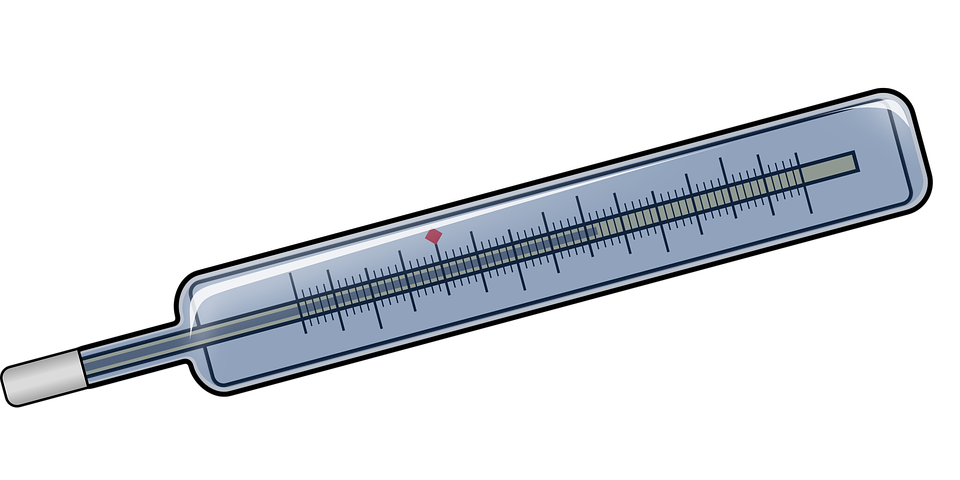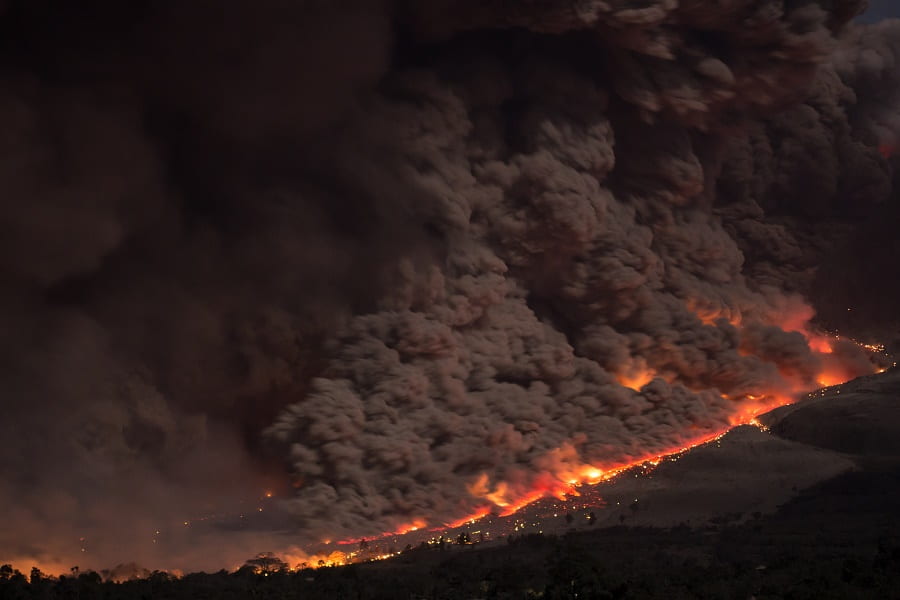In any discussion on Climate Change, the idea of 2°C threshold of temperature increase gets thrown around a lot.
Everyone seems to know that we mustn’t let our world get more than 2°C hotter. But few people know why.

Despite how often this threshold is referenced, there is significantly less mentioning on what scientific analysis was used to determine the magic 2°C or what would happen if we were to surpass this temperature change.
Curious about where this seemingly ambiguous 2°C came from and what it actually means for climate policy today? Watch this excellent video from PBS News Hour.
So, it turns out that the 2°C Threshold has more of a political origin than a scientific one.
It was designed to give policy makers a benchmark to shoot for as well as a simple way to communicate goals. And it seems to be doing that job very well, judging by its dissemination within public knowledge.
But there is a slight problem. According to many, many climate scientists and activists…
A 2°C increase in temperature is unacceptably unsafe.
A 2°C increase in global temperature is predicted to lead to entire countries going underwater due to sea-level rise, as well as worsening natural disasters, and other frightening possibilities.
The new magic number, which was used in the Paris Climate Talks, is 1.5°C.
Despite this ambitious dialogue, very few of the Paris Talks participants were willing to put their pledges where their mouths were. The current pledges of GHG emission reductions would only keep us, at best, under a 2.7°C increase. As one article puts it, “The Most Ambitious Emissions Pledges on the Table in Paris Would Still Result in Catastrophic Warming”
It seems that while climate science is complicated, it is nowhere near as complicated as global climate policy.
The good news is that we as individuals don’t have to wade through oceans of bureaucracy to lower our own carbon footprints. All that takes is a personal decision to make a change and reduce our consumption. We also can have a big impact on policy by making our voices heard at the voting booth.
Want to learn more about the 2°C threshold and the Paris Climate Talks? Click here
Want to see NASA’s video of a year of GHG emmissions? Click here
Want to learn more about the basics climate change? Watch this
Want to learn more about the realities of climate change? Watch this
Part 3 in a series on sustainability definitions. Click here to read other posts in this series.
